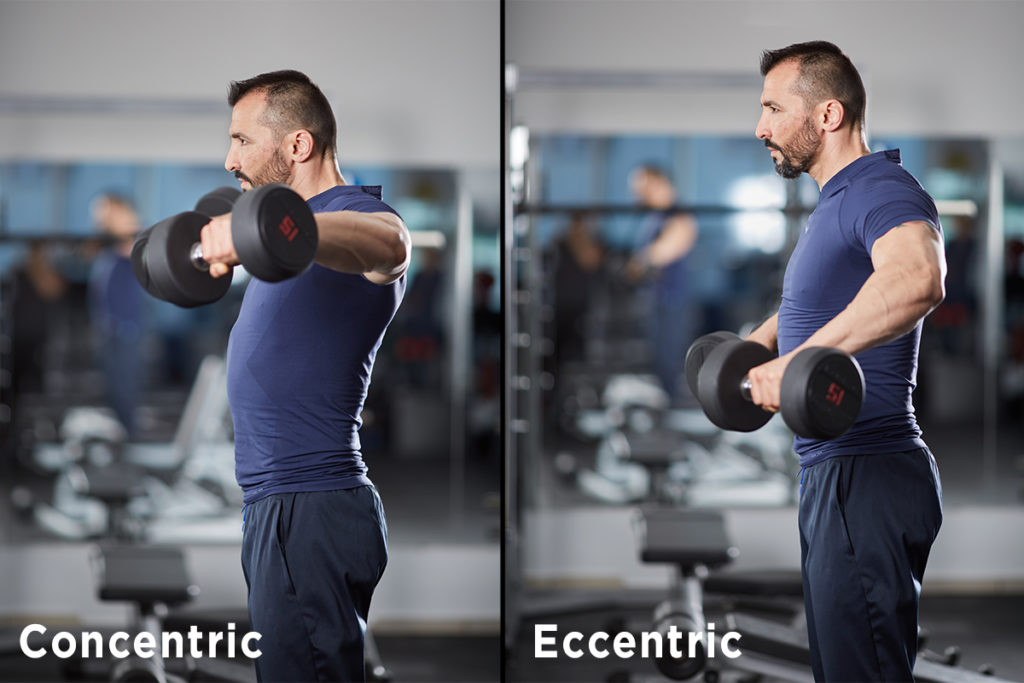Eccentric Training Lacks Uniform Strategies
Study shows wide variability among training protocols.

Chances are you’re using eccentric training in your programs because you think it improves muscular strength, builds lean mass, and improves power and explosive ability. But how are you incorporating it, and are you measuring its effectiveness?
University of Waikato researchers in New Zealand wanted to identify common coaching practices for implementing eccentric training. The researchers surveyed an international group of athletic trainers and coaches working with athletes in different sports, such as track and field, rugby union, football, basketball, hockey, and more, to learn about training protocols. Fifty-four percent of survey respondents trained professional or nonprofessional elite athletes.
Data analysis showed that the primary reasons for programming eccentric training were to improve sports performance and to prevent and rehab injuries. Methods of quantifying eccentric load or fatigue—or using eccentric testing to determine eccentric training loads—varied widely. And 78% of information used to guide eccentric training decisions seemed to be anecdotal rather than based on academic journals.
Study authors noted that, in practice, much of eccentric training seems to reflect anecdotal and empirical evidence and lacks application of uniform training protocols. More research is needed to understand the long-term implications of eccentric training program design and to improve its effectiveness in athletic training.
The study appeared in The Journal of Strength and Conditioning Research (2020; 34 [10], 2769–75).
See also: Five Benefits of Eccentric Exercise
Shirley Eichenberger-Archer, JD, MA
Shirley Eichenberger-Archer, JD, MA, is an internationally acknowledged integrative health and mindfulness specialist, best-selling author of 16 fitness and wellness books translated into multiple languages and sold worldwide, award-winning health journalist, contributing editor to Fitness Journal, media spokesperson, and IDEA's 2008 Fitness Instructor of the Year. She's a 25-year industry veteran and former health and fitness educator at the Stanford Prevention Research Center, who has served on multiple industry committees and co-authored trade books and manuals for ACE, ACSM and YMCA of the USA. She has appeared on TV worldwide and was a featured trainer on America's Next Top Model.





